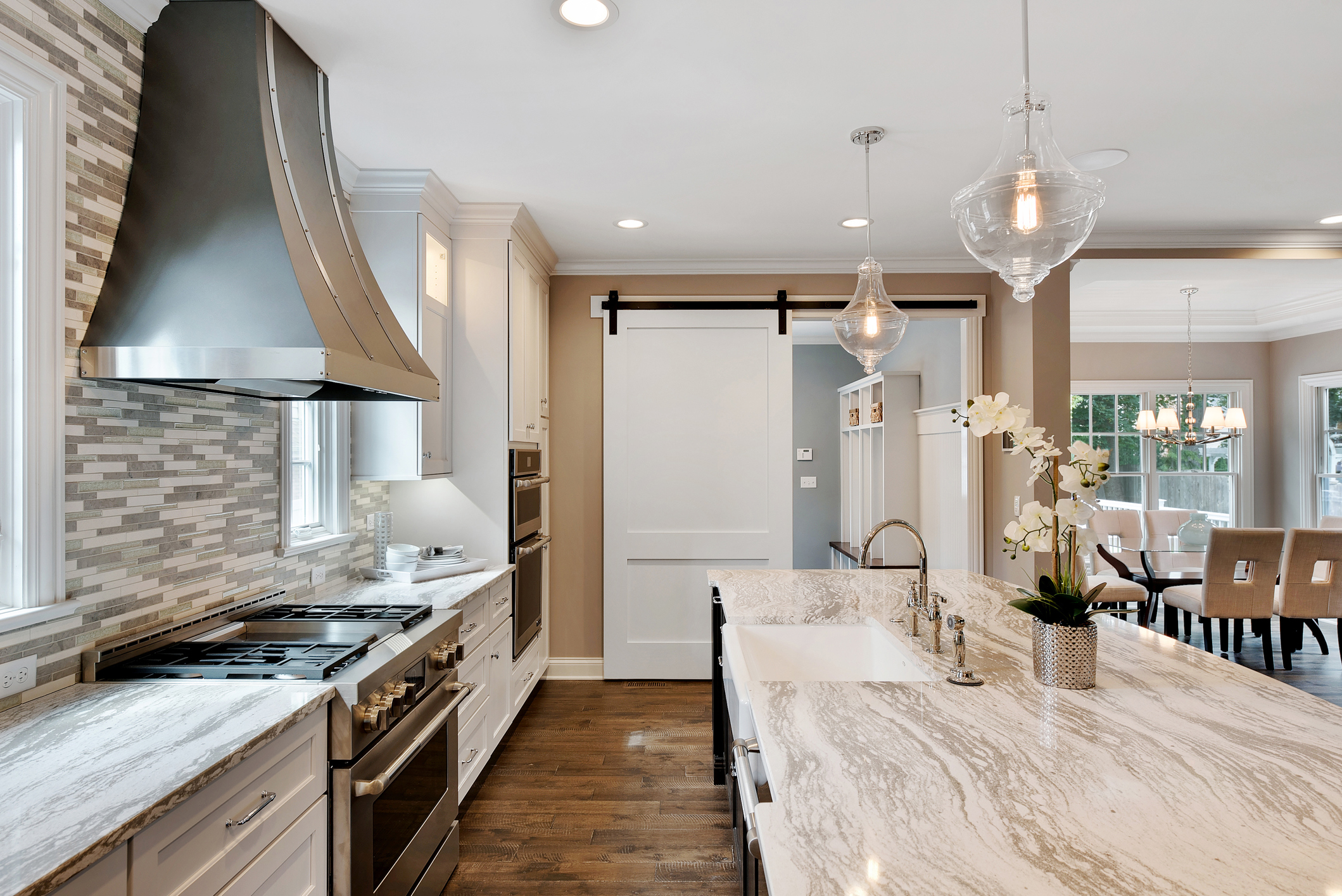In far too many circumstances, finishes and furniture receive the majority of homeowners’ attention, and lighting ends up as an afterthought. But quality lighting plays an enormous role in overall interior design; that perfect backsplash or dining room table won’t pop without the right illumination. Light design is important when it comes to providing the light you want, without shadows.
Types of Lighting
Choosing the perfect lighting for your home starts with understanding your needs and the mood you want to set in each space. Here are the three most common types:
- Ambient lighting, also known as indirect lighting, focuses on general illumination. Traditional options in this category include overhead chandeliers or lighting fixtures. Recessed lights can also fulfill this need in a less obtrusive way.
- Task lighting is necessary wherever work takes place. First consider what jobs go on in the area, then identify the best lighting option. This can range from under cabinet lights in the kitchen to a simple lamp in your favorite reading spot.
- Accent lighting highlights specific features. Whether you’re accentuating a piece of art in the living room or a stone fireplace in the den, a general rule of thumb is to use a light that’s about five times brighter than the surrounding ambient light. Pendant lights work well, as do recessed and track lighting.
Choosing Bulbs
Homeowners originally began buying compact fluorescents and LEDs for their energy savings, but modern options have made them more design friendly as well. Because different spaces and needs require varying levels of light, you’ll need to be mindful of lumens and wattage when it’s time to buy new bulbs. Also keep in mind that each fixture has its own set of guidelines as well.

